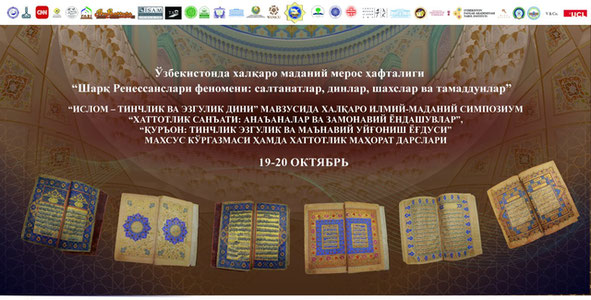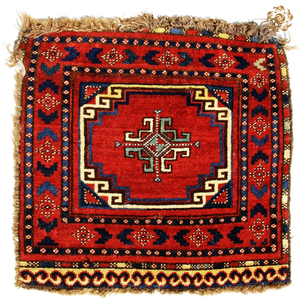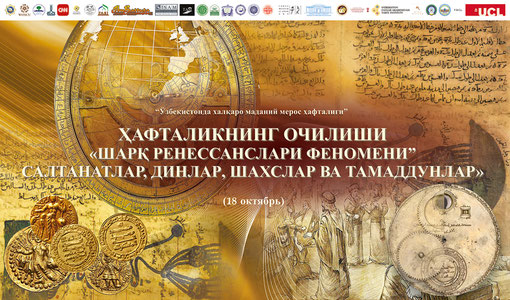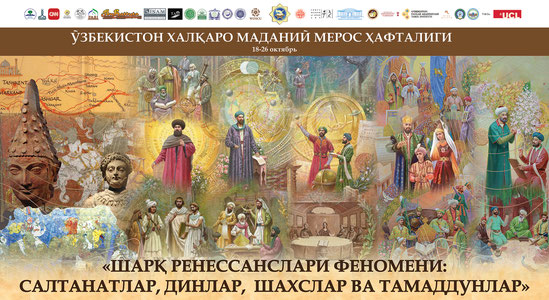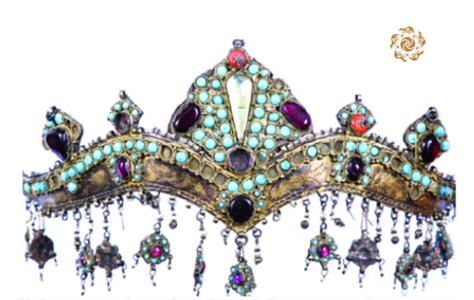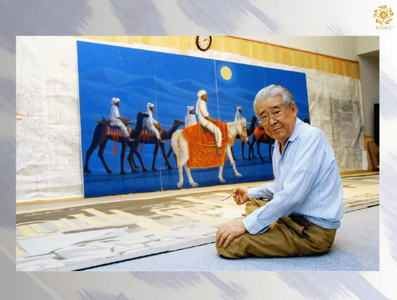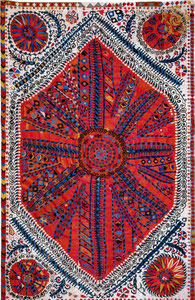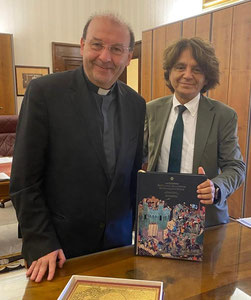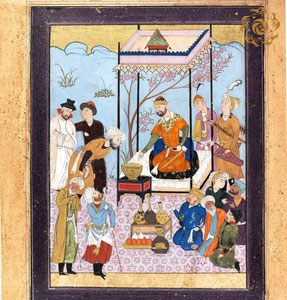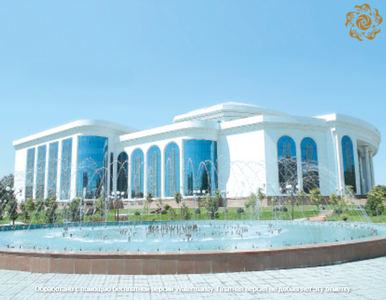The Middle Amu Darya is a significant cultural and historical region in Central Asia, where carpet-making traditions have evolved over centuries. This stretch of river, flowing through fertile valleys, has become a crossroads for various cultures and peoples, facilitating the exchange of craftsmanship techniques and artistic styles.
Carpet weaving in this region has ancient roots, with archaeological finds confirming its existence since the early centuries AD. In the medieval period, thanks to the Silk Road, cities like Khiva and Urgench became centers not only for trade but also for crafts, including carpet weaving.

Carpets from the Middle Amu Darya were popular in both local and international markets. Each region and ethnic group contributed its unique patterns and techniques, making carpets diverse and multilayered in their significance. Turkmen women, using high-quality materials and intricate weaving techniques, created carpets with geometric and floral motifs that reflect cultural and social aspects of life.
Particular attention should be paid to the influence of Bukhara's abrov fabrics on carpet patterns. These fabrics, known for their unique style and ikat technique, significantly influenced the aesthetic perception of carpets. Patterns borrowed from these fabrics combined elements from various cultures and peoples, giving them a distinctive expressiveness.
Thus, carpet weaving in the Middle Amu Darya has become not only a reflection of local traditions but also a result of the interaction of diverse cultural influences. This has created a unique artistic style that continues to evolve today while maintaining a connection to the rich heritage of the past.
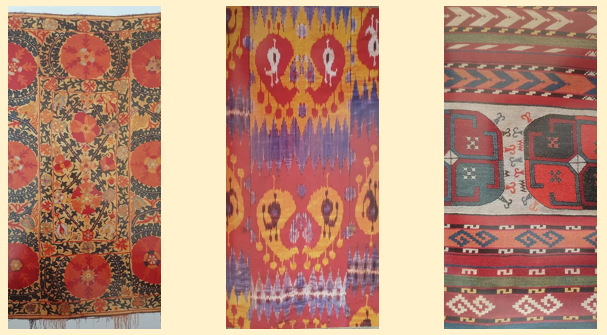
Interestingly, the emphasis on abrov design and complex pattern schemes passed down through generations reflects a deep respect for traditions and craftsmanship that persists and develops in modern conditions. This research can serve as a foundation for further scholarly inquiries and cultural projects aimed at preserving and popularizing the unique heritage of carpet weaving in Central Asia.
The contributions of renowned art historians Valentina Moshkova and Elena Tsareva to the study of carpet weaving in the Middle Amu Darya highlight the importance of their work in preserving the cultural heritage of the region. Their research not only reveals the unique features of carpets but also demonstrates how traditions and styles intertwine among ethnic groups. Эльмира Гюль’s analysis of artistic features and symbolism in patterns also makes a significant contribution to understanding carpets as cultural artifacts. Carpets from the late 19th to early 20th century, known as "Bukhara" carpets, indeed represent a unique blend of cultural influences, making them valuable not only from a historical perspective but also artistically.
Conducting in-depth research and utilizing foreign collections for inspiration can be a key step in restoring and developing this unique craft. It is important for Uzbek and Turkmen carpet factories to pay attention to this forgotten layer of cultural heritage that has the potential to unite two closely related cultures. The idea of integrating research findings into the practices of carpet factories could contribute not only to preserving traditions but also to creating new works of art that reflect the richness and diversity of the region's cultural heritage.
The main sponsor of the project is the oilfield services company Eriell-Group.

